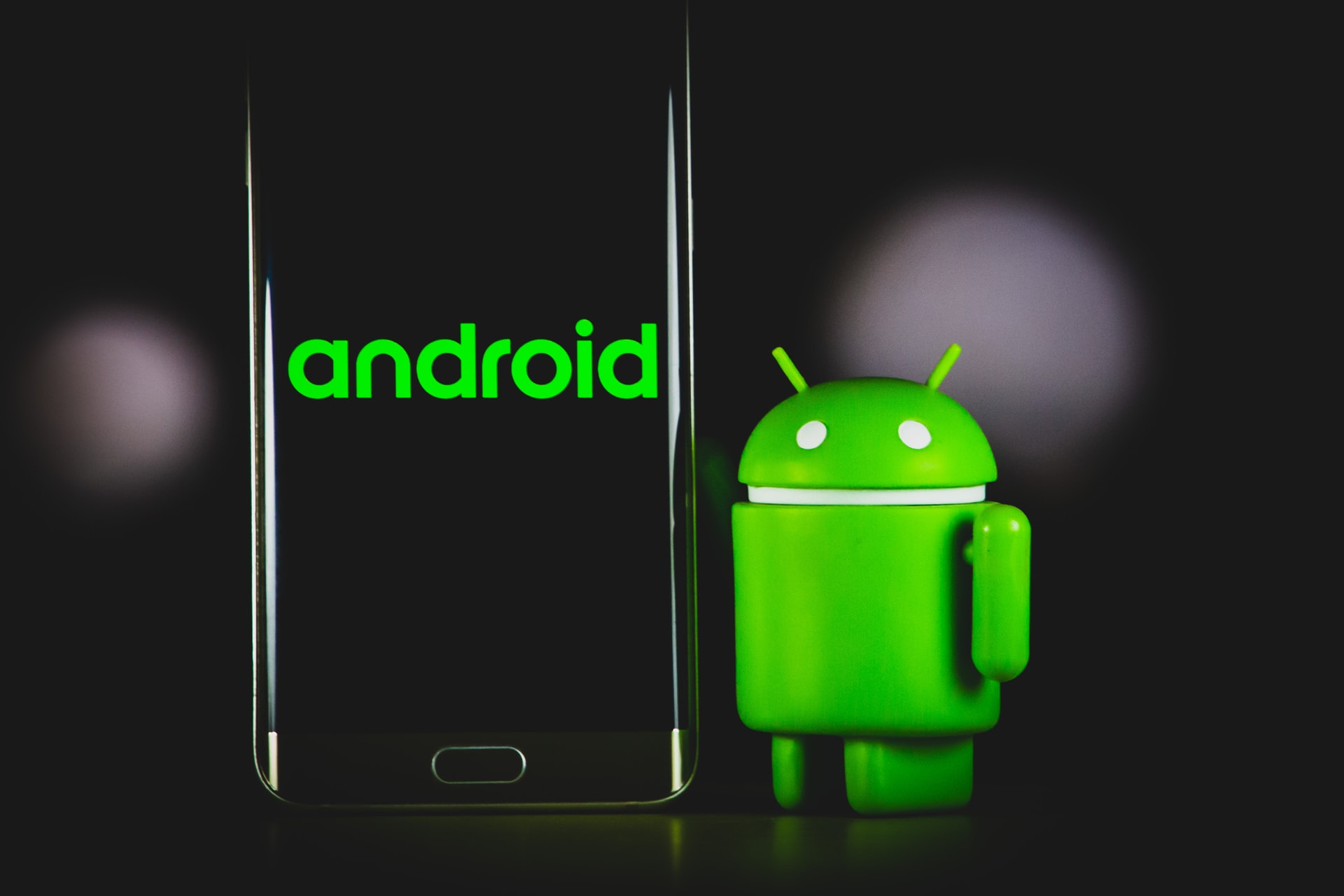
Mobile development is evolving so fast that it is difficult to keep up with all the innovations. But to stay on top, you need to focus on the trends, techniques and approaches that are gaining momentum. In this article, we’ll cover the fundamentals of fast-paced business and point out the trends you need to follow to stay ahead of the competition.
In this article, we’ve split the trends into two categories:
- long-term trends, which are for the IT giants and mass audiences,
- short-term trends, which started at the end of 2021 and will continue into 2022.
Let’s start with the last one.
Mobile development short-term trends
Mobile commerce
Trend that dominated in 2018, 2019 and continued to grow in 2020. The number of companies in the marketplace that are using mobile apps to increase revenues is skyrocketing.
The coronavirus pandemic has raised the demand for these apps to incredible proportions. Every one of us has made a purchase through a mobile app at least once. Today, the mobile app is the key to staying competitive in the marketplace.
Mobile traffic is only growing and so is the number of users. Which means having a mobile app for a business is tantamount to increased profits. Definitely, this may not be relevant for everyone. We recommend doing a feasibility study first.
Mobile wallets
Payment by mobile is evolving too. The growth of Apple Pay, Google Pay and Samsung Pay confirms this. Incidentally, the pandemic has had a significant impact on the growth of contactless payment. The integration of mobile wallets into apps is slowly becoming a standard feature. Creating a comfortable payment method for its users – will significantly increase sales.
Mobile applications for in-house use
Companies create internal applications to realize such goals:
- automation of business processes (logistics, internal and external communication and informatization, simplification of document management, management and other work processes);
- speeding up work, while maintaining or improving the quality of its performance, and creating convenience for staff (e.g., the use of file sharing, and other software).
Such applications increase stability, minimize operational errors and improve productivity. This solution is especially relevant for fast-growing companies.
Motion design
Motion design elements in mobile interfaces continue to show rapid growth. Companies use the following techniques to interactively engage users with web services:
- 3D elements;
- complex visual effects;
- background animations;
- animation of logos;
- smooth transitions.
Graphic design is still being done in a minimalist way, using new techniques. Among the trends are:
- kinetic typography;
- thin lines;
- text fragmentation;
- morphing;
- isometric design;
- gradients.
Such elements will not only create a unique style and improve behavioral factors, but also increase the rating of the mobile app. And working out the app with motion design will help improve the UI/UX for users. The following techniques are used:
- an animated walk-through of the app, demonstrating a sequence of steps;
- memorable animations are great for reacting to user actions;
- demonstration of the relationship between the different components of the app.

Augmented reality (AR)
AR technology is used in various fields, including smartphones. But in order to create a quality mobile application with this technology, it is extremely important to define the goals and work out the content. It is better to entrust such actions to experienced IT-specialists, who will offer non-standard solutions.
Long-term trends in mobile development
Voice search
The era of voice search is here. Don’t you believe it? Ask Siri (if you own an iPhone) or Google Assistant (for Android phones). Smart speakers with artificial intelligence are increasingly appearing in users’ homes and this only confirms our assertion. Why is this so?
- Ease of use
- Accessibility.
iBeacon service
The iBeacon is a beacon device with Bluetooth Low Energy technology. When a customer with an iPhone (iOS) or Android approaches this device, a notification is displayed on their smartphone screen or a mobile app is launched.
The main advantage of beacon technology is contactless marketing. Ultimately, it improves the customer experience in the mobile app.
Beacons can track customer behavior in the store – iBeacon tags continuously emit a Bluetooth radio signal. In turn, smartphones pick up this signal and determine the location. Thus, it is possible to find out how much time the user spends in a certain part of the store. In addition, the app can initiate push notifications to encourage the customer to make a purchase. Passing by the beacon he will instantly receive a notification on his phone about a special offer in the store.
Blockchain for cybersecurity
This technology creates a decentralized database. This means that it is more difficult for hackers, because the information is stored in different places. This feature will be most relevant for web services of financial and medical institutions.
Artificial intelligence (AI) and machine learning
Machine learning can help you facilitate communication with users and make a personal connection with the customer, meeting their needs accurately and quickly, leading to greater audience engagement and higher conversions. For example, marketers can leverage data by delving into user behaviour, creating dynamic content and providing personalisation at scale. This can increase the effectiveness of advertising campaigns, targeting shoppers based on their location, providing them with relevant content across all channels, linking their offline purchases to their online behaviour.
Creating a SuperApp
SuperApps are mobile apps with an “ecosystem” of several services. They are multifunctional: You can order food, call a cab, book a hotel, and even arrange insurance in one app. Such apps have come to us from Asia. In the East, such large companies as WeChat, Gojek, and GrabTaxi have already conquered the market. Today, users are increasingly opting for super-apps, because they make it as easy as possible to get services from various areas without having to download additional apps to their smartphone.
Conclusion
Based on the above, a mobile app is not a stand-alone, self-contained channel for customer interaction. But this sales tool, like others, needs to be designed separately and integrated into a company’s overall development strategy. The use of current trends and developments will take apps to the next level. And this, in turn, will increase the promotion of the company and the brand’s products and services.
